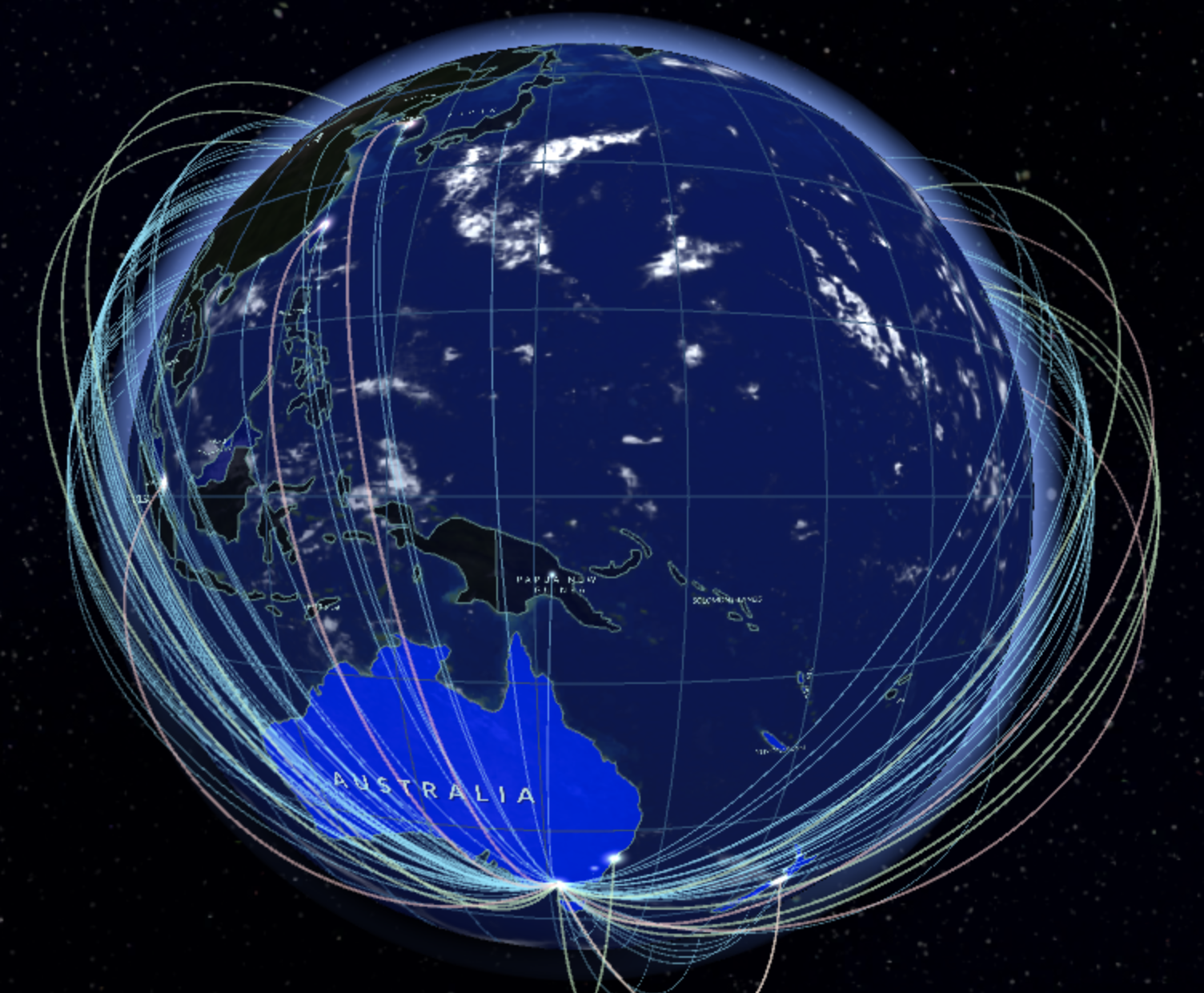Cultural Diffusion and Arts Diplomacy
The study of how arts and culture spread, evolve and shape other forms is often theoretical in nature or draws heavily on anecdotal and biographical data. Mapping the domestic and international dissemination and influence of the arts also often relies upon large scale metrics that are detached from the lived experiences and careers of individual performers and artists who are the source of cultural diffusion. To what extent does statecraft implement or lead arts dissemination and cultural diplomacy? How does this differ from the cultural diffusion of ideas, artistic practices and people that occurs through other formations, such as residencies, festivals and migration?
Cultural data analytics can help us map the spread of arts and culture from one place to another as well as provide evidence for how categories of identity, genre and production in the creative economy evolve. In collaboration with our European and UK partners and their extensive data networks, we seek to track the movement, reception and translation of selected aspects of Australian arts overseas.
Suggested Readings:
Global Trends in Museum Diplomacy: Post-Guggenheim Developments (Australia Council, 2019)
Geoffrey C. Bowker and Susan Leigh Star, Sorting things Out: Classification and its Consequences (MIT Press, 1999)
Natalia Grincheva, Global Trends in Museum Diplomacy: Post-Guggenheim Developments (Routledge, 2019)
Natalia Grincheva, Museum Diplomacy in the Digital Age (Routledge: 2020)
Julian Meryick, Robert Phiddian and Tully Barnett, What Matters?: Talking Value in Australian Culture (Monash University Publishing, 2018)

